Where does that saying come from, "by the seat of my pants"? So silly! Apparently it does have its origin in aviation, and I suppose it's better than saying "I'm navigating this aircraft according to the sensations in my derriere" or similar.
Anyway.
Are you a planner or a pantser? It’s a popular question in any writing class, and has come up a lot in the past few weeks among those preparing for
NaNoWriMo.

Planners plan, obviously. They outline, create character sketches, and complete their research prior to penning the first word of the novel. Pantsers leap in and start writing, and see where the story takes them.
The same generalizations apply to life. I’m a planner, have always been a planner, and will probably always be a planner. All my life I’ve made lists, detailed agendas, 1-year, 10-year, and 30-year plans. These natural tendencies served me well in my many careers, which included scientific research, accounting, auditing, and more research. Nothing in science or finance gets done, or even started, without an extensive detailed plan thoroughly illustrated with graphs and backed up with pages of references.
Thinking creatively is not expressly forbidden, it’s just irrelevant. What would be the point? Results of a strictly controlled experiment either prove or disprove a hypothesis. Financial results are either correctly or incorrectly reported. These are worlds of yes and no, right and wrong, and staying inside the lines with your single-color crayon.
Even though my left brain was able to excel at these rigid requirements, my right brain chafed. Why is it this way and only this way? Why can’t I just observe nature instead of subjecting it to a series of tests? Why does every corporate filing have to be done at the last minute? Why can’t I have a plant on my desk?
I always had some creative outlet – collage, cardmaking, sewing. I took classes in everything - languages, mathematics, ethics, sciences, writing - to keep my creativity alive. But these short bursts were the gateway drug to an entire life of thinking and acting outside the corporate box. I eventually left the mind-numbing monotony of corporate finance, and soon after that I left the rigid structure of university research.
It was funny, then, that when I started writing, I applied the same structured, regimented approach. Each novel had a detailed outline, chapter by chapter, scene by scene. I charted the high points on wall calendars to track the pacing. Each character had a life history outside of the story, some of them several pages long. It was very effective, and after that much planning, the stories almost wrote themselves.
But, in recent months, I’ve been practicing flexibility and spontaneity. I get up in the morning and do whatever feels right, whether that is cleaning out all the kitchen cabinets, or sewing up another new dress, or sitting on the couch reading all day. Why not try being spontaneous in my writing?
I’m ready to go entirely plan-free, fly by the seat of my pants, and write an entire novel completely without a plan. I’ve stubbornly refused to create an outline, timeline, character sketch, or any other type of plan. I’m trying to become a true pantser, even if it’s only temporary.
I do have the central idea of the story – it’s been nagging at me for years. So it’s not as though I’m starting with a completely blank slate. And admittedly I’ve jotted down a few ideas here and there. With a memory like mine, I have to write reminders to myself or that ingenious idea will disappear in moments. But I don’t think that counts as a plan, so I’m still 100% pantsing it!
Any pantsers out there?
KatrinaP.s. And is there a smidgen of irony in my
planning not to plan?


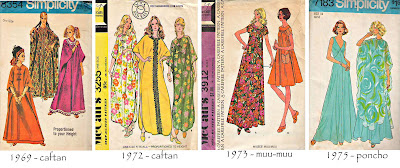

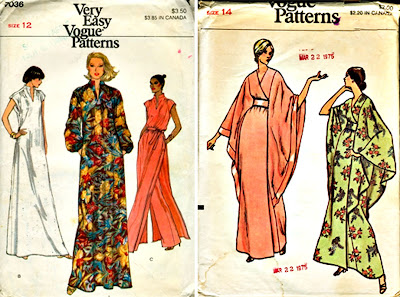




 This is a polyester knit that I got in a big batch of vintage fabrics on eBay, back in March or April this year. I think it’s from the 70s because it reminds me of those tightly fitted knit shirts with the wild prints and big collars. But it could just as easily be something from Joanns from last year. I am not good at identifying what is really vintage.
This is a polyester knit that I got in a big batch of vintage fabrics on eBay, back in March or April this year. I think it’s from the 70s because it reminds me of those tightly fitted knit shirts with the wild prints and big collars. But it could just as easily be something from Joanns from last year. I am not good at identifying what is really vintage. So pajamas it was. I like the 1940s style pajamas that look like men’s, and thinking of men’s pajamas made me think of piping, and all I had was dark red piping. So that’s how we ended up here:
So pajamas it was. I like the 1940s style pajamas that look like men’s, and thinking of men’s pajamas made me think of piping, and all I had was dark red piping. So that’s how we ended up here:
 The knit made for easy neck and armhole bands: I cut on the stretchy cross grain instead of bias. I added piping here too.
The knit made for easy neck and armhole bands: I cut on the stretchy cross grain instead of bias. I added piping here too.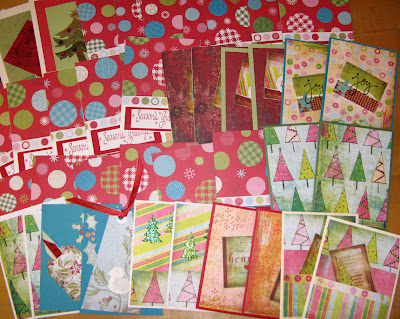 Bright!
Bright! The idea of the fabric-wrapped notebooks was born of necessity: I wanted to make fabric book covers but I didn’t have a working sewing machine at the time. I thought a permanent fabric cover on a plain notebook was almost as nice.
The idea of the fabric-wrapped notebooks was born of necessity: I wanted to make fabric book covers but I didn’t have a working sewing machine at the time. I thought a permanent fabric cover on a plain notebook was almost as nice.




 Percent of population reporting migraine
Percent of population reporting migraine 

 I didn’t add a placket for the closures because, having never sewn lingerie before, I thought these little strips of hooks and eyes on tape would create their own placket. I’m embarrassed to even post these photos because my stitching looks so messy, but I wanted to show how I did the front and back. The eyes are sewn right side to right side on the back of the panty, then turned so the eyes point toward the front. The hooks are sewn to the wrong side of the front (actually the yoke facing). Once the hooks and eyes are engaged, the white tape is (mostly) invisible.
I didn’t add a placket for the closures because, having never sewn lingerie before, I thought these little strips of hooks and eyes on tape would create their own placket. I’m embarrassed to even post these photos because my stitching looks so messy, but I wanted to show how I did the front and back. The eyes are sewn right side to right side on the back of the panty, then turned so the eyes point toward the front. The hooks are sewn to the wrong side of the front (actually the yoke facing). Once the hooks and eyes are engaged, the white tape is (mostly) invisible.
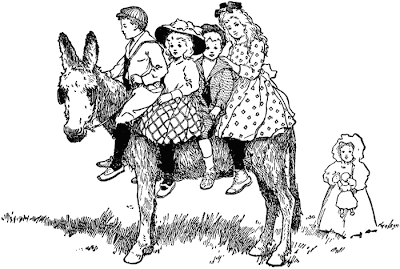
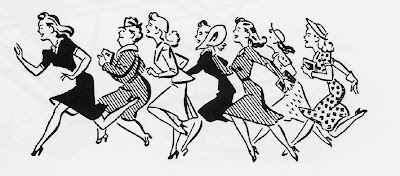
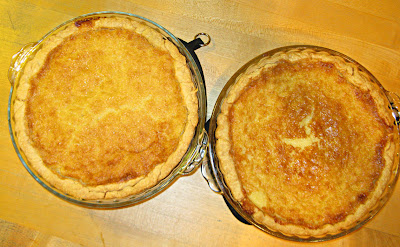

 Good news is there are lots and LOTS of sprouts – parsley, cilantro, radishes, beets, beans and lettuce so far.
Good news is there are lots and LOTS of sprouts – parsley, cilantro, radishes, beets, beans and lettuce so far.

 I like the idea of the wrap dress under the coat by Talbots, but maybe without so much bulk in the skirt. B4723 seems like a good compromise.
I like the idea of the wrap dress under the coat by Talbots, but maybe without so much bulk in the skirt. B4723 seems like a good compromise.
 And I went a little nuts with the embellishments! I’m just going to wear these as PJs, not underwear, so they don’t have to be smooth. I added lace, buttons, ribbons, and bows. I love them!
And I went a little nuts with the embellishments! I’m just going to wear these as PJs, not underwear, so they don’t have to be smooth. I added lace, buttons, ribbons, and bows. I love them!








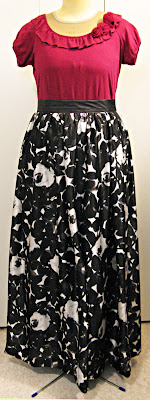 A successful project: 2 more yards out of the stash, a nice new skirt, and some lessons learned (I hope!). Now that I know a little bit more about silk, I should do something a bit more challenging…
A successful project: 2 more yards out of the stash, a nice new skirt, and some lessons learned (I hope!). Now that I know a little bit more about silk, I should do something a bit more challenging…
